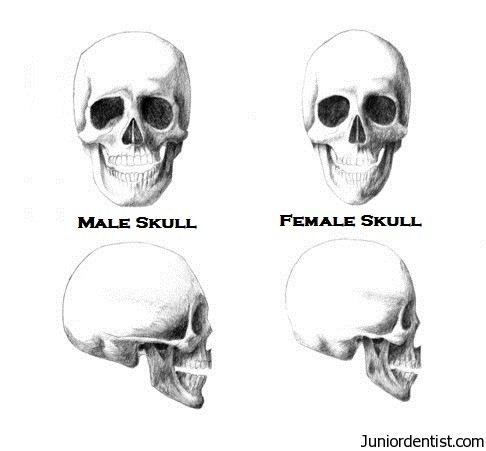So what's the story behind?
This one is a story of deception, betrayal and regret.
After months of investigations, it all finally boils down to this.
The widowed Harman Hartono and his son Adi lived together in a run-down neighborhood. Mr Harman was critically ill and was in desperate need of money for his treatment.
Unable to afford the treatment fees, all kinds of dangerous thoughts were racing through Adi's mind and he ultimately got in contact with some mobsters involved in human trafficking and organ harvesting. They asked Adi if he could bring them any girl around the age of 10 in exchange for his father's treatment fees, paid in full.
Anya and her twin sister unfortunately happened to be Adi's neighbors and were therefore his easiest preys. He kidnapped the unlucky Anya and held her captive in a warehouse nearby.
One day Mr Harman followed Adi where he was shell-shocked to find the little girl. Adi, now fearing conviction, did not want to let the little girl go and subsequently got into a fight with his dad.
While struggling, Adi pushed his dad onto a rock by mistake and chased the girl who was freed byMr.Harman. The latter laid unconscious after his head was injured.
In a state of rage, Adi did not hold back and unknowingly strangled the little girl ….
By the time he realised kidnapping had escalated to two murders, he decided to come clean. However, bythen, the mobsters were already there and were not going to let that happen.
They killed Adi, beheaded the three, took away the bodies and buried the remains. Gruesome.
Few months later, some dogs happened to sniff the decayed remains. The rest is history.
Few months later, some dogs happened to sniff the decayed remains. The rest is history.








































.jpg)













